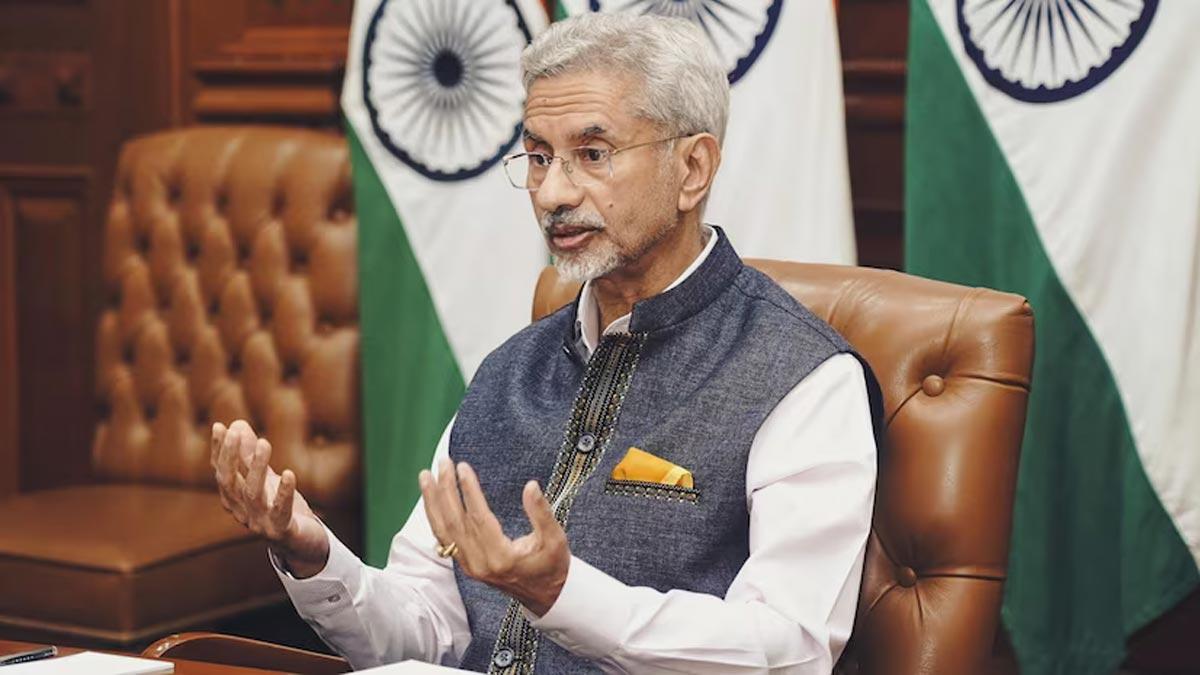India’s defence manufacturing sector has achieved a historic milestone, with production reaching ₹1,27,000 crore (US$ 14.80 billion) in the financial year 2023-24, according to the Ministry of Defence. This achievement is a testament to the success of the Make in India initiative, which focuses on strengthening domestic manufacturing and reducing dependency on imports.
Shifting from Imports to Self-Reliance
One of the most profound changes in India's defence profile is the trend towards indigenous production. Earlier, nearly 65-70% of the defence needs of the country were being fulfilled through imports. Now, that ratio has been turned upside down—65% of defence hardware is now made in the country. This speaks volumes of India's increasing self-reliance and technological prowess in the defence industry.
Growing Exports: From Jackets to Aircraft
In addition to serving local requirements, India's defence sector is also leaving its imprint on the international front, exporting a wide variety of equipment to foreign markets. The major exports are:
Bulletproof jackets
Dornier (Do-228) aircraft
Chetak helicopters
Fast interceptor boats
Lightweight torpedoes
A leading instance of India's growing defence presence is the use of boots produced in Bihar by the Russian Army—a recognition of Indian quality in international defence materials.
Vision for 2029: ₹3 Lakh Crore Defence Production
In the future, India has envisioned an ambitious goal of reaching ₹3,00,000 crore (US$ 34.88 billion) in defence production by 2029. This vision is in accordance with the country's aspiration to become a global defence manufacturing hub, promoting employment generation and technology development.
India's defence self-reliance is also proven through the induction of major indigenous weapon systems, such as:
Dhanush Artillery Gun System
Advanced Towed Artillery Gun System (ATAGS)
Main Battle Tank Arjun
Light Combat Aircraft (LCA) Tejas
Akash Missile System
Indigenous Aircraft Carriers
These systems provide a solid base for India's emerging defence capabilities, decreasing dependency on foreign vendors.
FDI Reforms to Attract Global Partnerships
To speed up this growth, the Indian government unveiled updated Foreign Direct Investment (FDI) policies in September 2020, permitting:
Up to 74% FDI via the automatic route
Above 74% with government approval
Ever since April 2000, the Indian defence industry has received ₹5,516.16 crore (US$ 643.1 million) in FDI. These reforms are designed to promote joint ventures, facilitate technology transfers, and invite global defence firms to set up shop in India.
A Decade of Budgetary Growth
India's defence modernisation commitment is clearly reflected in its steadily rising defence budget over the last decade. The budget increased from:
₹2,53,000 crore (US$ 29.43 billion) in FY14
To ₹6,81,000 crore (US$ 79.24 billion) estimated for FY26
This significant increase in funding sustains military procurement, research, and infrastructure development, building a robust defence manufacturing ecosystem.
Conclusion
India's transformation from a defence industry that relied on imports to becoming a global manufacturing powerhouse is accelerating. With the application of strategic policies, bold production goals, growing exports, and international acknowledgement—reflected in the uptake of Indian-made weapons by overseas armies—the country is well on its way to emerging as a prominent player in the global defence market.
There are still challenges, but with sustained investment and innovation, India is well set to become a top defence manufacturing hub by the end of the decade.
Read also| India and US Set Deadline to Finalize First Phase of Bilateral Trade Deal by Fall 2025
Read also| Trump Open to Tariff Deals Following Implementation of Reciprocal Tariffs on April 2


















